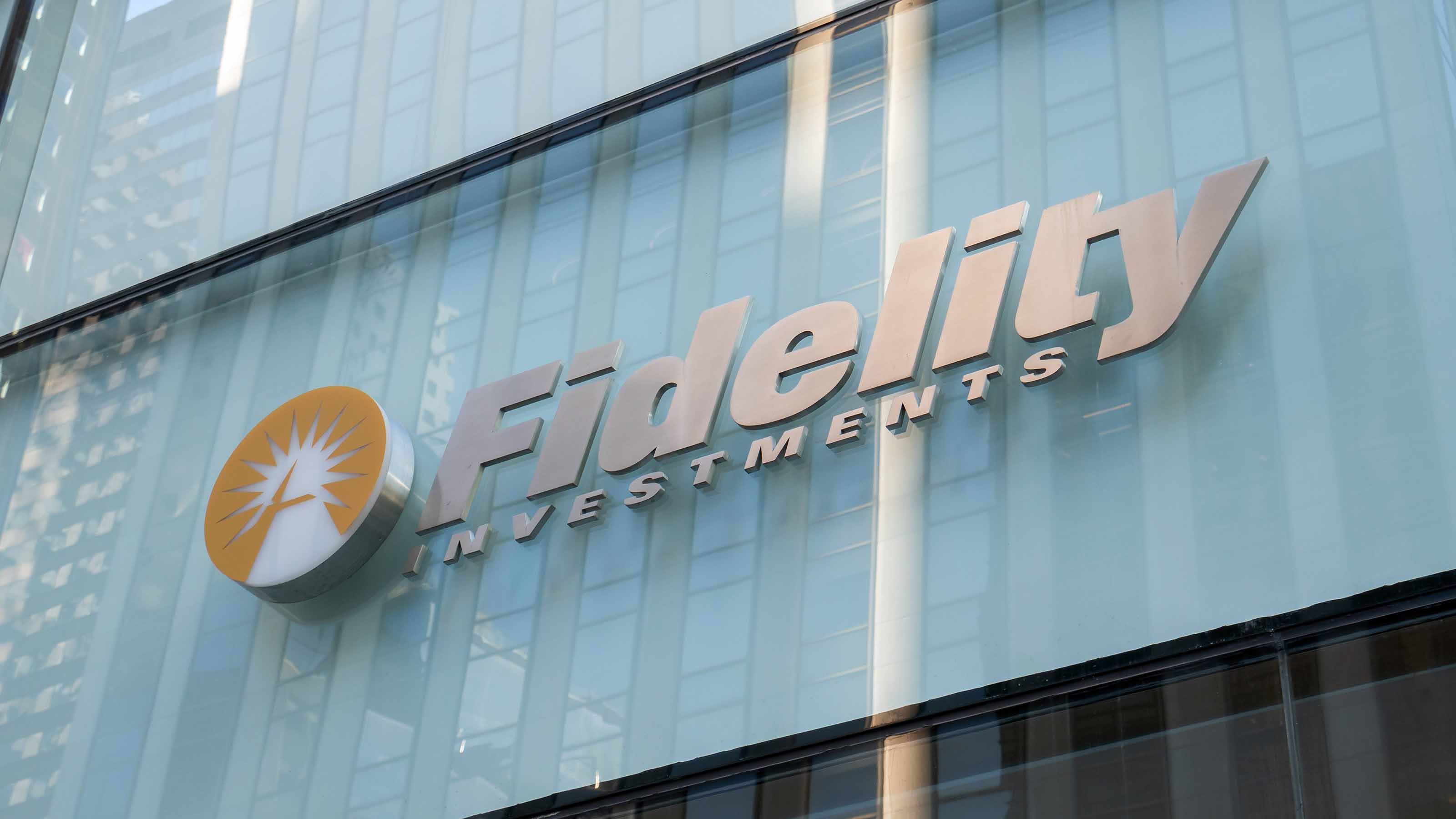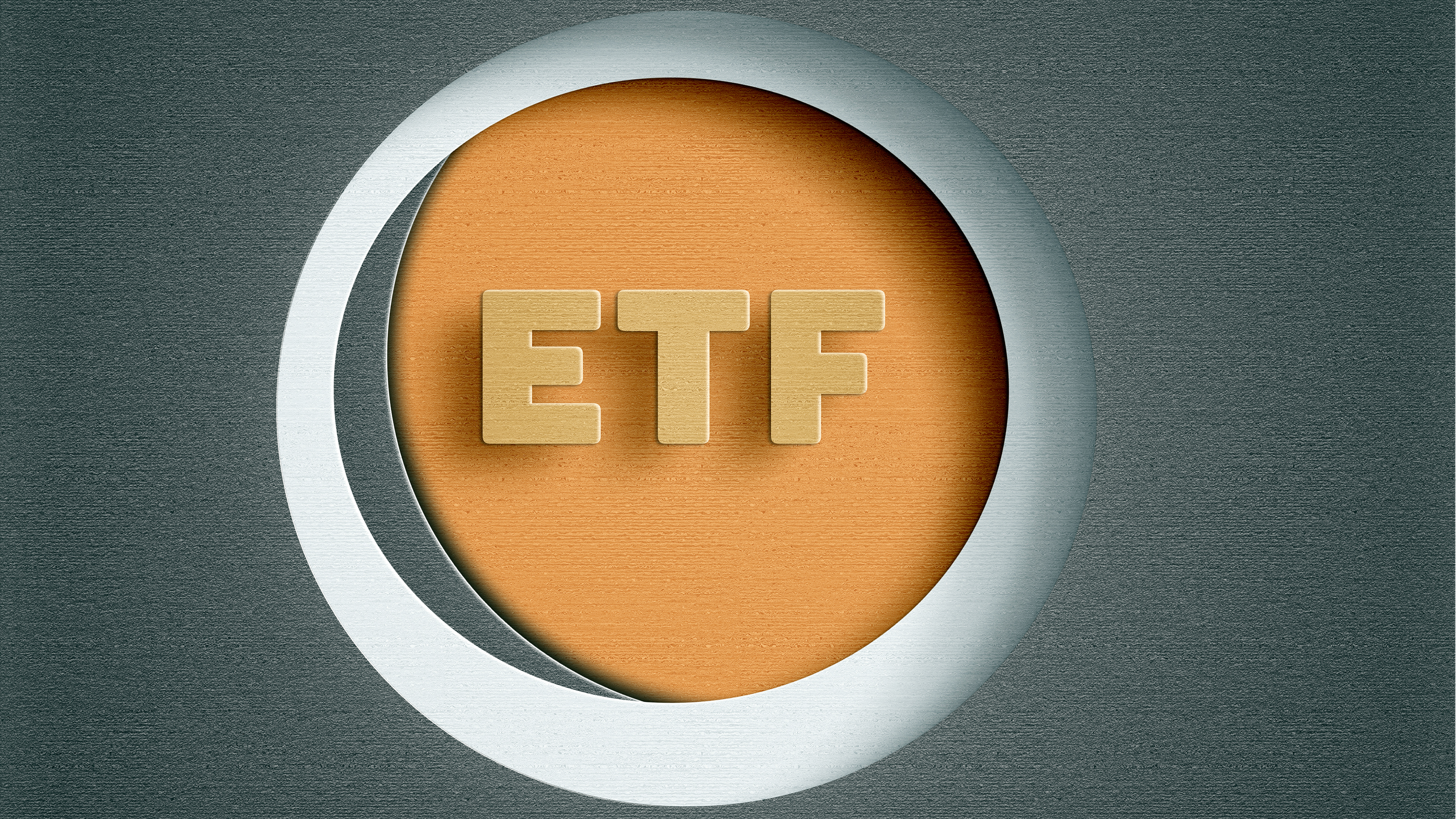Nicholas Equity Income Fund
A focus on yield and cheap stocks helps this fund hold down risk.

Editor's Note: This story has been updated since its original publication in the November issue of Kiplinger's Personal Finance magazine.
Albert "Ab" Nicholas was one of the fund industry's star managers in the 1970s and ’80s. Since then, Nicholas and his small group of funds have receded from the limelight. But the funds have continued to produce pleasing, if not scintillating, results over the years. One of the best performers has been Nicholas Equity Income (symbol NSEIX), which seems perfectly suited to today’s volatile markets.
Nicholas, 80, and co-manager Michael Shelton, 39, invest only in dividend-paying companies, preferably those that they believe will keep boosting their payouts. They favor stocks with dividend yields that exceed the current yield of Standard & Poor’s-500 stock index. And they prefer that a stock’s yield combined with the underlying company’s expected annual earnings growth equal or exceed 10%. As of October 21, the fund yielded 3.0, compared with 2.5% for the S&P index.

Sign up for Kiplinger’s Free E-Newsletters
Profit and prosper with the best of expert advice on investing, taxes, retirement, personal finance and more - straight to your e-mail.
Profit and prosper with the best of expert advice - straight to your e-mail.
Thanks to its focus on dividends, Nicholas Equity Income has held up better historically than other stock funds in down markets. For example, during the 2007-09 bear market, during which the S&P 500 lost 55.3%, Nicholas sank 48.0%. In the 2000-02 downturn, the S&P tumbled 47.4%, while the fund lost only 12.1%. Nicholas didn’t have as large an edge during the April 29 - October 3 correction; it lost 17.8%, compared with a drop of 18.6% for the S&P index.
The fund’s long-term numbers are fine. Over the past three years, it returned 16.0% annualized, compared with 11.5% for the S&P 500 and 14.0% for the typical fund that focuses on undervalued, midsize companies. Over the past ten years, Nicholas gained 7.5% annualized, compared with 3.4% for the S&P 500 and 7.0% for the average mid-cap value fund. “Over long periods of time, dividends make up 30% to 60% of total return,” says Nicholas. “Plus, you can sleep at night with this portfolio.”
The fund’s yield would be higher, Nicholas says, were it not for the funky accounting of the many master limited partnerships it owns. MLP payouts are mainly return of capital and are handled differently than dividends of traditional companies. Beyond dividends, the managers look for out-of-favor stocks with low price-earnings ratios. They like firms with strong balance sheets, a record of consistent earnings growth, low debt, a strong brand, a return on equity (a measure of profitability) of at least 15% and an ability to prosper even during hard times. “We won’t buy a company for a high yield if it isn’t capable of growing its earnings and, therefore, its dividends,” says Nicholas.
Although Equity Income tilts toward small and midsize companies, it has about one-fourth of its assets in shares of large firms. At last report, the fund held some familiar names, such as AT&T (T) and Pfizer (PFE), as well as more-obscure firms, such as Rocky Mountain Chocolate Factory (RMCF), Dorchester Minerals (DMLP), and appliance maker National Presto Industries (NPK). Nicholas also holds tobacco makers Altria (MO) and Philip Morris International (PM), which used to be part of Altria. PM yields 4.4%, while Altria yields a hefty 6.0%.
Get Kiplinger Today newsletter — free
Profit and prosper with the best of Kiplinger's advice on investing, taxes, retirement, personal finance and much more. Delivered daily. Enter your email in the box and click Sign Me Up.

-
 Fired Up By the Masters and RBC Heritage? See These Homes for Sale By Golf Courses
Fired Up By the Masters and RBC Heritage? See These Homes for Sale By Golf CoursesFive homes for sale near golf courses, for people who can't get enough of the tour.
By Alexandra Svokos
-
 The Economic Impact of the US-China Trade War
The Economic Impact of the US-China Trade WarThe Letter The US-China trade war will impact US consumers and business. The decoupling process could be messy.
By David Payne
-
 The 5 Best Actively Managed Fidelity Funds to Buy Now
The 5 Best Actively Managed Fidelity Funds to Buy Nowmutual funds In a stock picker's market, it's sometimes best to leave the driving to the pros. These Fidelity funds provide investors solid active management at low costs.
By Kent Thune
-
 The 12 Best Bear Market ETFs to Buy Now
The 12 Best Bear Market ETFs to Buy NowETFs Investors who are fearful about the more uncertainty in the new year can find plenty of protection among these bear market ETFs.
By Kyle Woodley
-
 Don't Give Up on the Eurozone
Don't Give Up on the Eurozonemutual funds As Europe’s economy (and stock markets) wobble, Janus Henderson European Focus Fund (HFETX) keeps its footing with a focus on large Europe-based multinationals.
By Rivan V. Stinson
-
 Vanguard Global ESG Select Stock Profits from ESG Leaders
Vanguard Global ESG Select Stock Profits from ESG Leadersmutual funds Vanguard Global ESG Select Stock (VEIGX) favors firms with high standards for their businesses.
By Rivan V. Stinson
-
 Kip ETF 20: What's In, What's Out and Why
Kip ETF 20: What's In, What's Out and WhyKip ETF 20 The broad market has taken a major hit so far in 2022, sparking some tactical changes to Kiplinger's lineup of the best low-cost ETFs.
By Nellie S. Huang
-
 ETFs Are Now Mainstream. Here's Why They're So Appealing.
ETFs Are Now Mainstream. Here's Why They're So Appealing.Investing for Income ETFs offer investors broad diversification to their portfolios and at low costs to boot.
By Nellie S. Huang
-
 Do You Have Gun Stocks in Your Funds?
Do You Have Gun Stocks in Your Funds?ESG Investors looking to make changes amid gun violence can easily divest from gun stocks ... though it's trickier if they own them through funds.
By Ellen Kennedy
-
 How to Choose a Mutual Fund
How to Choose a Mutual Fundmutual funds Investors wanting to build a portfolio will have no shortage of mutual funds at their disposal. And that's one of the biggest problems in choosing just one or two.
By Coryanne Hicks